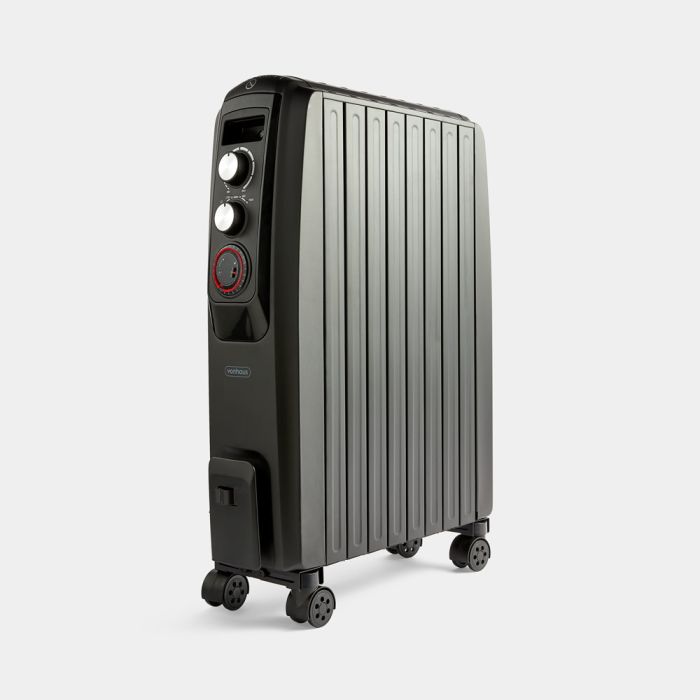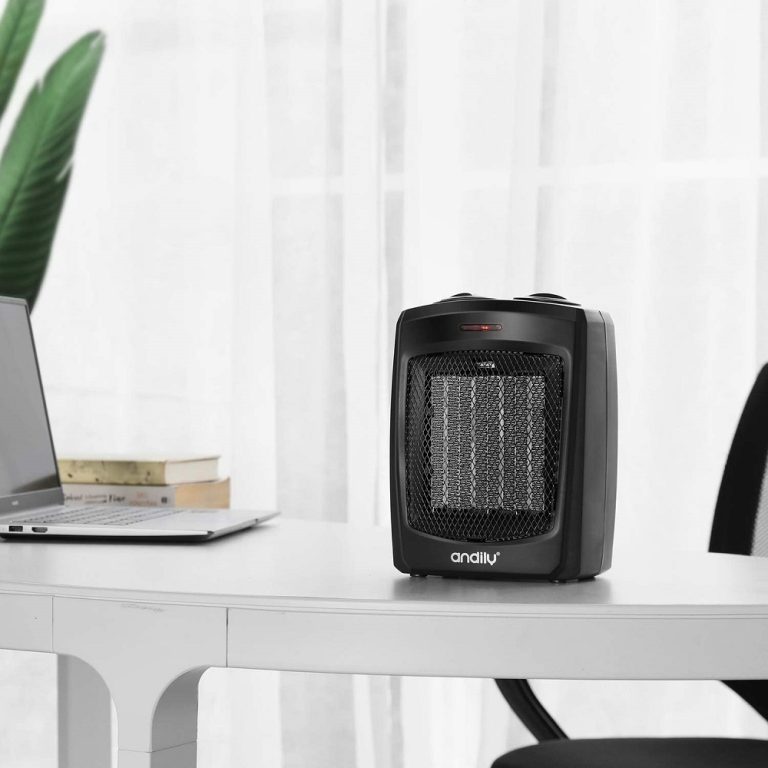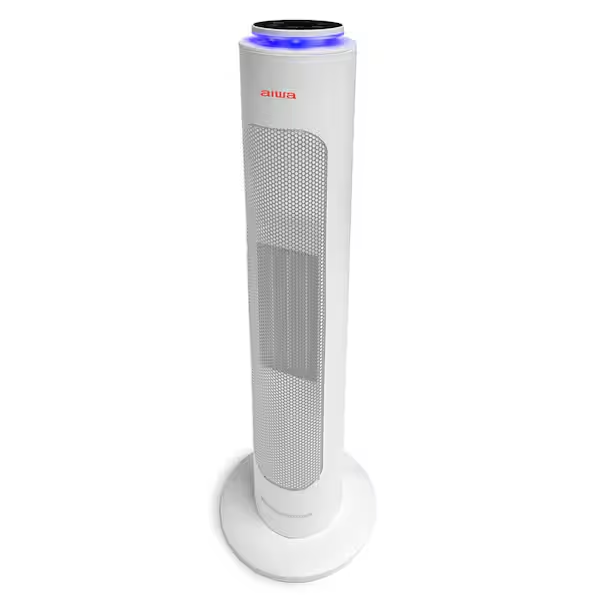As the colder months approach, finding an efficient and reliable heating solution becomes essential. Among the various options available, oil-filled heaters have gained popularity for their effectiveness and practicality. But how efficient are they compared to other heating methods? This article delves into the efficiency of oil-filled heaters, exploring their mechanisms, benefits, drawbacks, and factors that influence their performance.
Understanding Oil-Filled Heaters
How Do Oil-Filled Heaters Work?
Oil-filled heaters, also known as oil radiators, operate by heating oil contained within their columns. An electric element inside the heater warms the oil, which then circulates through the heater’s fins. This process releases heat into the surrounding environment through convection and radiation. Unlike other heaters that rely on exposed heating elements, oil-filled heaters maintain a consistent temperature without the need for continuous electricity once the oil is heated.
Components of an Oil-Filled Heater
An oil-filled heater typically consists of several key components:
- Heating Element: This is the core part that heats the oil.
- Oil Reservoir: The oil inside this reservoir transfers heat.
- Fins or Columns: These increase the surface area for better heat distribution.
- Thermostat: It regulates the temperature by controlling the heating element.
- Safety Features: Including overheat protection and tip-over switches.
Understanding these components helps in appreciating how oil-filled heaters maintain efficiency and safety.
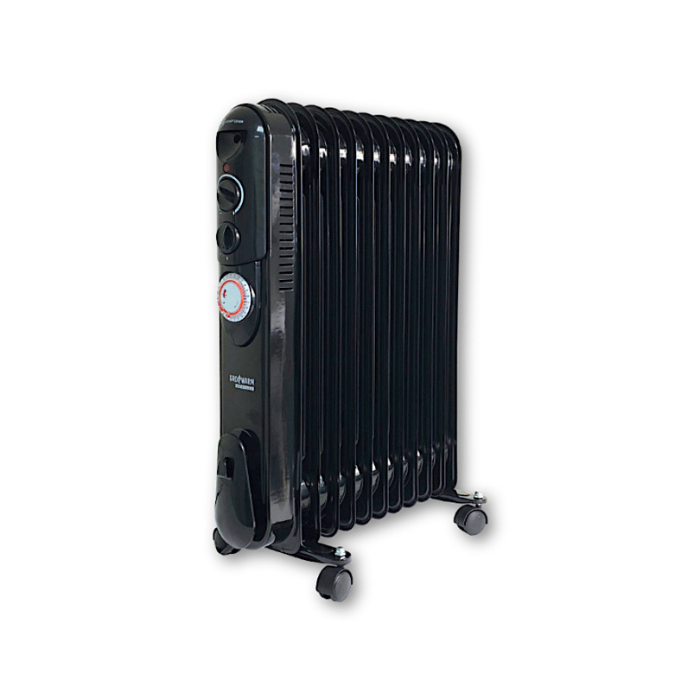
Energy Efficiency Compared to Other Heaters
Oil-Filled Heaters vs. Fan Heaters
When comparing oil-filled heaters to fan heaters, oil-filled models tend to be more energy-efficient for prolonged use. Fan heaters quickly raise the temperature in a room but consume more electricity for the same duration. In contrast, oil-filled heaters provide steady heat without the constant energy drain from a fan.
Oil-Filled Heaters vs. Infrared Heaters
Infrared heaters warm objects and people directly rather than the air, offering quick heat. However, oil-filled heaters warm the entire room more evenly and maintain the temperature longer with less energy. For sustained heating, oil-filled heaters often prove to be more efficient.
Advantages of Oil-Filled Heaters
Silent Operation
One of the standout benefits of oil-filled heaters is their silent operation. Without fans or moving parts, these heaters run quietly, making them ideal for bedrooms, offices, and other quiet environments. This silent heating capability enhances comfort without the disturbance often caused by other heater types.
Consistent Heat Distribution
Oil-filled heaters excel at providing consistent and evenly distributed heat. The oil retains heat well, allowing the heater to emit a steady temperature over time. This uniform heat distribution prevents cold spots and maintains a comfortable environment throughout the room.
Safety Features
Oil-filled heaters incorporate several safety features that enhance their efficiency and user-friendliness. Many models include tip-over switches that turn off the heater if it’s knocked over, and overheat protection to prevent excessive temperatures. These safety mechanisms make oil-filled heaters a reliable choice for households with children and pets.
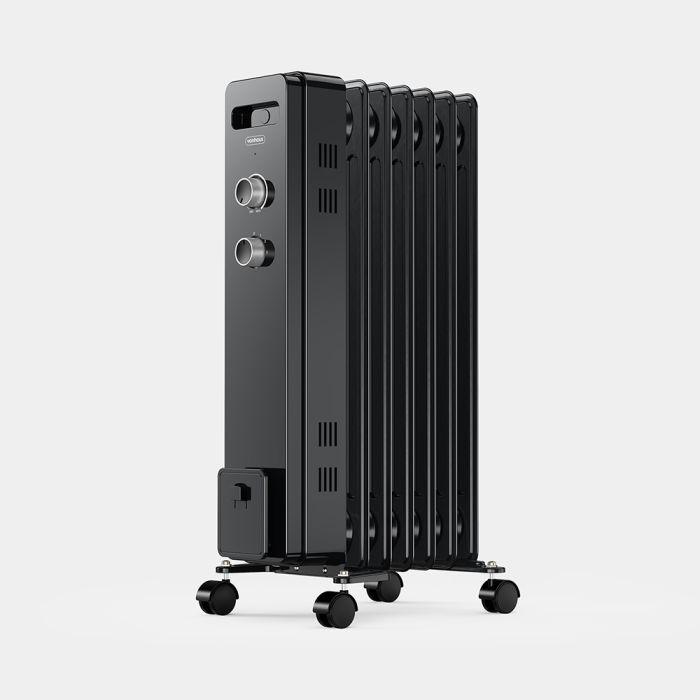
Disadvantages of Oil-Filled Heaters
Longer Heating Time
One drawback of oil-filled heaters is the time they take to warm up a room. Unlike fan heaters that provide immediate heat, oil-filled models require several minutes to reach the desired temperature. This delayed response can be inconvenient when quick heating is needed.
Maintenance and Durability
While generally low-maintenance, oil-filled heaters require occasional care to ensure longevity. Over time, the oil may need to be checked for leaks or contamination, and the heater should be kept clean from dust and debris. Proper maintenance is crucial to maintaining their efficiency and extending their lifespan.
Initial Cost
Oil-filled heaters can have a higher initial cost compared to basic heating options like electric fan heaters. However, their long-term energy efficiency and durability often offset the initial investment, making them a cost-effective choice in the long run.
Factors Influencing Heater Efficiency
Room Size and Insulation
The efficiency of an oil-filled heater depends significantly on the size of the room and its insulation. Larger rooms may require more powerful heaters or multiple units to maintain warmth. Well-insulated rooms retain heat better, allowing the heater to operate more efficiently with lower energy consumption.
Heater Settings and Usage Patterns
Using the heater’s thermostat effectively can enhance efficiency. Setting the heater to maintain a consistent temperature rather than continuously running at maximum power can reduce energy usage. Additionally, using timers and programmable settings can optimize heating schedules to match occupancy and usage patterns.
Placement and Environment
Proper placement of the heater plays a crucial role in its efficiency. Positioning the heater in a central location ensures even heat distribution. Avoid placing it near windows or doors where drafts can reduce its effectiveness. Additionally, keeping the heater away from flammable materials enhances safety and efficiency.
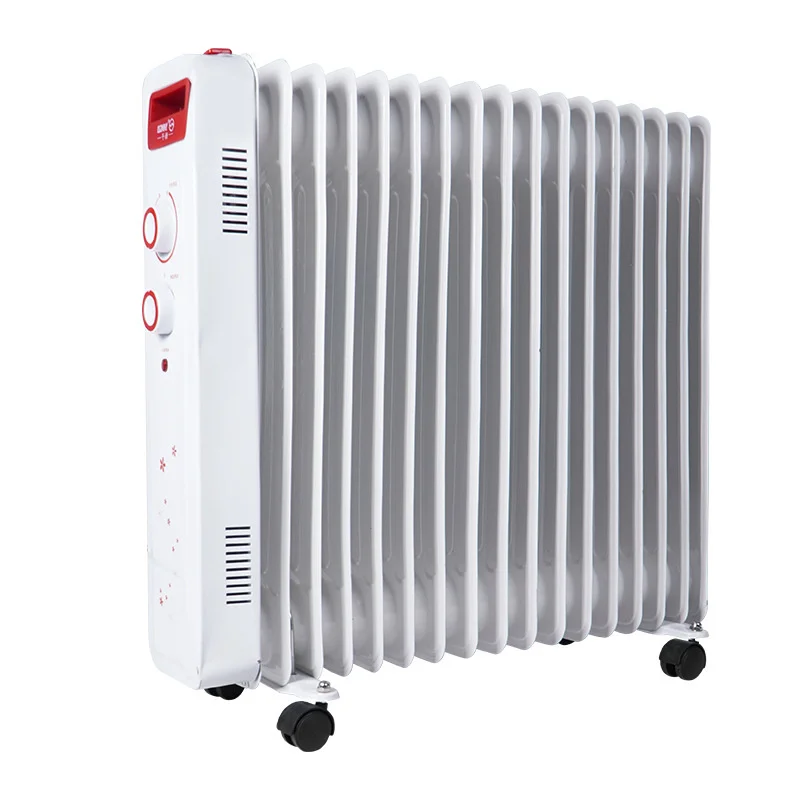
Choosing the Right Oil-Filled Heater
Key Features to Consider
When selecting an oil-filled heater, several features can influence its efficiency and suitability for your needs:
- Power Rating: Ensure the heater has sufficient power for the room size.
- Thermostat Control: A precise thermostat allows better temperature regulation.
- Safety Features: Look for models with automatic shut-off and overheat protection.
- Portability: If flexibility is important, choose a lightweight and portable design.
Top Brands and Models
Several brands are renowned for their efficient oil-filled heaters. Companies like De’Longhi, Dyson, and Honeywell offer reliable models with various features to suit different needs. Researching customer reviews and comparing specifications can help in selecting the best heater for your requirements.
Tips for Maximizing Efficiency
To get the most out of your oil-filled heater, consider the following tips:
- Use with a Thermostat: Maintaining a consistent temperature prevents energy wastage.
- Maintain Proper Ventilation: Ensure adequate airflow around the heater for optimal performance.
- Regular Cleaning: Keep the heater clean to prevent dust buildup, which can impede heat distribution.
Comparing Oil-Filled Heaters with Other Efficient Heating Options
Oil-Filled Heaters vs. Electric Radiators
Electric radiators and oil-filled heaters share similarities, but oil-filled models often have an edge in energy efficiency and heat retention. They are better suited for prolonged heating periods, whereas electric radiators might be preferable for quick, short-term use.
Oil-Filled Heaters vs. Pellet Stoves
Pellet stoves use biomass pellets and can be highly efficient for larger spaces. However, oil-filled heaters offer more convenience and require less maintenance. For smaller rooms and ease of use, oil-filled heaters are typically more efficient and practical.
Environmental Impact of Oil-Filled Heaters
Energy Consumption and Carbon Footprint
Oil-filled heaters are relatively energy-efficient, which helps in reducing overall energy consumption and the associated carbon footprint. By maintaining a steady temperature, they avoid the spikes in energy use typical of less efficient heaters.
Sustainability of Materials
The materials used in oil-filled heaters, such as metals and plastics, have varying degrees of sustainability. Choosing heaters from manufacturers that prioritize eco-friendly materials and recycling can further minimize environmental impact.
Long-Term Efficiency Benefits
Over time, the consistent efficiency of oil-filled heaters can lead to significant energy savings. Their ability to retain heat means less energy is required to maintain desired temperatures, contributing to both economic and environmental benefits.
Conclusion
Oil-filled heaters offer a blend of efficiency, safety, and consistent heating that makes them a compelling choice for many households. While they may have a longer heating time and a higher initial cost compared to some alternatives, their energy efficiency and durability often compensate for these drawbacks. By considering factors such as room size, insulation, and proper maintenance, users can maximize the efficiency of oil-filled heaters, ensuring a warm and comfortable environment during the colder months. Whether you’re looking for a reliable heater for your bedroom, office, or living space, oil-filled heaters represent a practical and efficient solution worth considering.
